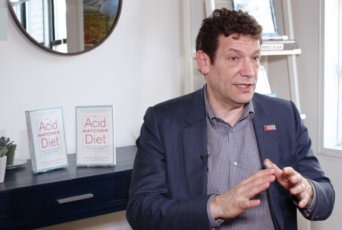Dr. Jill Blakeway is not who you might imagine would be a prominent TCM practitioner (traditional Chinese medicine practitioner) in New York City: she’s British-born, and grew up as a self-described “conventional” girl who once worked for the queen! But since those days, she’s forged quite an unconventional path for herself, becoming the first acupuncturist to give a TED Talk at TED Global, founding the Yinova Center in New York, teaching at the Pacific College of Oriental Medicine in San Diego, and writing three books on energy therapy. Read on to learn more about Dr. Blakeways journey as a TCM practitioner, what energy therapy encompasses, the different types of energy healing, and more.
*This is a short clip from our interview with Jill Blakeway. Click here to watch the whole thing!*
How Jill Blakeway Became a TCM Practitioner
Today, Jill Blakeway is a licensed and board-certified acupuncturist and clinical herbalist, and has been practicing acupuncture for 25 years. But how did she get here? Her journey, which she describes in her book Energy Medicine, began for a very simple reason: because she tried acupuncture, and saw that it was effective.
“I did not think I was going to end up an acupuncturist in New York, let alone an energy worker, and how I got here was in stages,” says Blakeway. She explains that in her early adulthood, she had a series of “niggly” health problems — nothing life-threatening, but they were chronic and prevented her from feeling her best. One day while in a health food store, someone recommended she see an acupuncturist, and so, having nothing to lose, she did.
“He helped me immediately, and I was hooked,” Blakeway remembers. She says that her experience is similar to that of many other people with chronic health issues who stumble upon traditional Chinese medicine — an umbrella term for a variety of ancient Eastern medicine techniques, of which acupuncture is one — because, she explains, TCM “is particularly good for long-term chronic illnesses.”
After her own healing experience, Blakeway ”became fascinated and fell down a rabbit hole of Chinese medicine,” as she puts it. From there, she decided to pursue graduate education in Chinese medicine, eventually getting a masters and doctorate in the area of Chinese medicine and energy healing. From there, it was only a short jump to becoming a TCM practitioner herself.
Types of Energy Healing
Blakeway got her start in acupuncture, but she didn’t immediately make the connection that she was working in the field of energy healing therapy. “I didn’t necessarily understand how deeply connected to energy medicine it is,” she says. “It is one of the oldest forms of energy medicine.”
Today, she understands energy therapy — also referred to as energy healing or energy medicine — deeply. “Energy healing refers to all those modalities that either diagnose or treat illnesses by manipulating the electromagnetic energy that pulses through every cell,” she explains. “It’s a broad field that includes acupuncture at one end, and many other very interesting, hands-on and hands-off therapies across the spectrum.”
She points out that acupuncture isn’t just energy therapy, as it includes physical manipulation as well. She also notes that, among the different types of energy therapy, acupuncture is the only one that has licensed and board-certified energy workers, which means they’re held to a certain standard of education and certain ethical standards, among other requirements.
Other examples of energy healing techniques include:
- Reiki: an energy therapy that promotes relaxation and reduces stress through gentle touch that’s meant to deliver energy to your body and improve the flow and balance of your energy to promote healing. Research has shown that reiki is effective at activating the parasympathetic nervous system, which is essential for the body’s ability to heal itself from acute or chronic health problems.
- Pranic healing: a form of energy therapy that focuses on the 11 chakras in the body with the goal of improving flow of energy — or prana — throughout the body. It is similar to reiki in many ways, but differs in that pranic healing is a no-touch energy therapy, whereas reiki involves gentle touch. Some research suggests that pranic healing may improve mental health conditions like depression.
- Therapeutic touch: like reiki, therapeutic touch is a hands-on approach meant to correct imbalances in the body’s energy fields and move energy throughout the body. Therapeutic touch has been shown to be effective in relieving pain, anxiety, and headaches, as well as speeding up wound healing.
- Sound therapy: a form of energy therapy that uses sound and music to manipulate energy in the body and promote healing.
Each of the types of energy healing has many miraculous stories associated with it, but Dr. Blakeway brings up a particularly notable case that illustrates the power of sound therapy. “In the book, I tell the story of a young man who fell out of a window when he was in college,” Blakeway recounts. “He broke his neck and was told he would be a tetraplegic. His spinal cord was 99% severed. And as he lay in the hospital, and he started to make tones, and the vibration, he could feel through his body. Now, if you think about being tetraplegic, it’s actually quite hard to make noise because your diaphragm doesn’t work properly, but he kept making these tones, and people taught him mantras, and someone bought him a Tibetan prayer wheel. And he had the common sense to realize that if he could feel the vibrations through his body, he had enough central nervous system to communicate a signal. And he healed himself with this vibration.”
She adds that he didn’t heal himself through the vibrations alone — he had the support of highly skilled neurological surgeons at UCSF — but there’s no doubt that the vibration he was able to create along his spinal cord is what made the difference and allowed him to walk out of the hospital three months after the accident.
The Science Behind Energy Therapy
As Blakeway got further into her practice, she could feel the energetics of the treatments she performed, and became intrigued by the complex balance between science and mystery that underlies energy medicine. This spurred her to look into the research around and science behind energy therapy.
Though as a TCM practitioner, Blakeway practices all types of energy healing, much of her initial focus was on the science of acupuncture — in part because this is the modality around which there’s the most research.
“The physiological effects of acupuncture are quite easy to prove,” she says, explaining that techniques like MRIs, Doppler ultrasound, and thermal imaging have clearly demonstrated acupuncture’s ability to reduce pain, increase blood circulation, and decrease inflammation. She explains that there have been theories about why acupuncture has this effect — for instance, that the overstimulation of a certain area interrupts the pain signal, or that acupuncture releases endorphins, which have a natural pain-relieving effect — but she didn’t think any of these theories went deep enough.
“But I was really interested in the energetics of it, so I went looking for scientists who were studying this,” says Blakeway. She found Dr. Helene Langevin at the University of Vermont Medical School, who looked at how acupuncture points themselves are different from other tissue. Langevin’s research focused on the “pull force” of a needle, or how strongly the body grasps a needle when it is punctured. What she found was that the pull force is 18% higher at acupuncture points, which makes these areas more electrically conductive. Again, Blakeway asked herself, why?
Through research, she eventually found the answer: when embryos are forming, the cells communicate with one another through electrical signals. As the body builds itself, it creates what she calls “staging posts,” and each of these staging posts triggers an electrical reaction that then cues the next part of the body to form. And lo and behold, those staging posts map exactly to the human body’s acupuncture points. “So it turns out, what was used to create us in some ways is, once we’re here, used to regulate us,” Blakeway says.
From the acupuncture points, Blakeway explains, the electrical signal spreads to various points in the body through fascial planes, or the lines of connective tissue running through our bodies. “Fascia is extremely electrically conductive,” Blakeway says. “It has a very high collagen content and collagen has a lot of water in it, so the fascia is very electrically conductive. And if you look again at a map of the fascial planes, you’ll find that they line up with the major acupuncture meridians. So I believe that is how that signal gets communicated deeply into the body.”
When it comes to the science of other forms of energy therapy, Blakeway says, “that took me a book to disentangle, because they’re a little harder to understand and they’ve been less studied than acupuncture.”
But, she explains, the mechanism through which they work likely comes down to the measurable energy being emitted by the TCM practitioner themselves as they treat patients. “If you measure the energy frequency coming out of a reiki master’s hands, it’s a thousand times greater than the energy that comes out of the largest energy field in the body, which is the heart,” Blakeway says. The energy frequency emitted is quite low, and, during her research for the book, she found that at the best orthopedic hospitals in the world, doctors run a very low frequency through bone to speed up healing — and this is the exact same frequency being emitted from energy healers’ hands.
Curious to see how this played out in her own work, she had an EEG of her brain and an EKG of her heart done while she was working with patients, and learned that when she was practicing, her brain and heart went into what’s called “resonance,” which is when they begin to emit the same frequency. “To do that, I slow my brain down quite a bit, and then energy comes out of my hands — that’s measurable,” she says. “And then the patient’s heart goes into resonance with mine. We all go at the same frequency, and I think when that happens, information gets transferred, and that’s when the magic happens.”
Watch our full interview with Jill Blakeway to learn the essential role that “chi” or the Chinese word for energy flow, plays in all energy healing techniques, the bias in the conventional medical community against energy therapy, the role of the placebo effect in energy therapy, the implications of energy medicine for altering the immune system to fight cancer, why acupuncture is such a powerful approach for fertility issues, and much more.
The stories referenced in the above interview are anecdotal and specific to these particular individuals. Please note that this is not medical advice, and that not all treatments and approaches mentioned will work for everyone.
Dr. Jill Blakeway, DACM, LAc, is a Doctor of Acupuncture and Chinese Medicine, a licensed and board-certified acupuncturist and clinical herbalist, and the founder of the Yinova Center in NYC. She completed a four-year M.S. in Traditional Oriental Medicine at Pacific College of Oriental Medicine in San Diego, California. You can read more about Dr. Blakeway and the Yinova Center here.
Citations:
- McManus, David E. “Reiki Is Better Than Placebo and Has Broad Potential as a Complementary Health Therapy.” Journal of evidence-based complementary & alternative medicine vol. 22,4 (2017): 1051-1057. doi:10.1177/2156587217728644
- Rajagopal, R et al. “Amelioration of mild and moderate depression through Pranic Healing as adjuvant therapy: randomised double-blind controlled trial.” Australasian psychiatry : bulletin of Royal Australian and New Zealand College of Psychiatrists vol. 26,1 (2018): 82-87. doi:10.1177/1039856217726449
- Abbot NC. Healing as a therapy for human disease: a systematic review. J Altern Complement Med. 2000;6(2):159-69.
- Theysohn, Nina et al. “Acupuncture-related modulation of pain-associated brain networks during electrical pain stimulation: a functional magnetic resonance imaging study.” Journal of alternative and complementary medicine (New York, N.Y.) vol. 20,12 (2014): 893-900. doi:10.1089/acm.2014.0105
- Takayama, Shin et al. “Evaluation of the effects of acupuncture on blood flow in humans with ultrasound color Doppler imaging.” Evidence-based complementary and alternative medicine : eCAM vol. 2012 (2012): 513638. doi:10.1155/2012/513638
- Li, Ningcen et al. “The Anti-Inflammatory Actions and Mechanisms of Acupuncture from Acupoint to Target Organs via Neuro-Immune Regulation.” Journal of inflammation research vol. 14 7191-7224. 21 Dec. 2021, doi:10.2147/JIR.S341581








Awesome
You are doing an amazing job. Thank you to everyone who contributed to writing this wonderful article. Let me share it on my Facebook page.